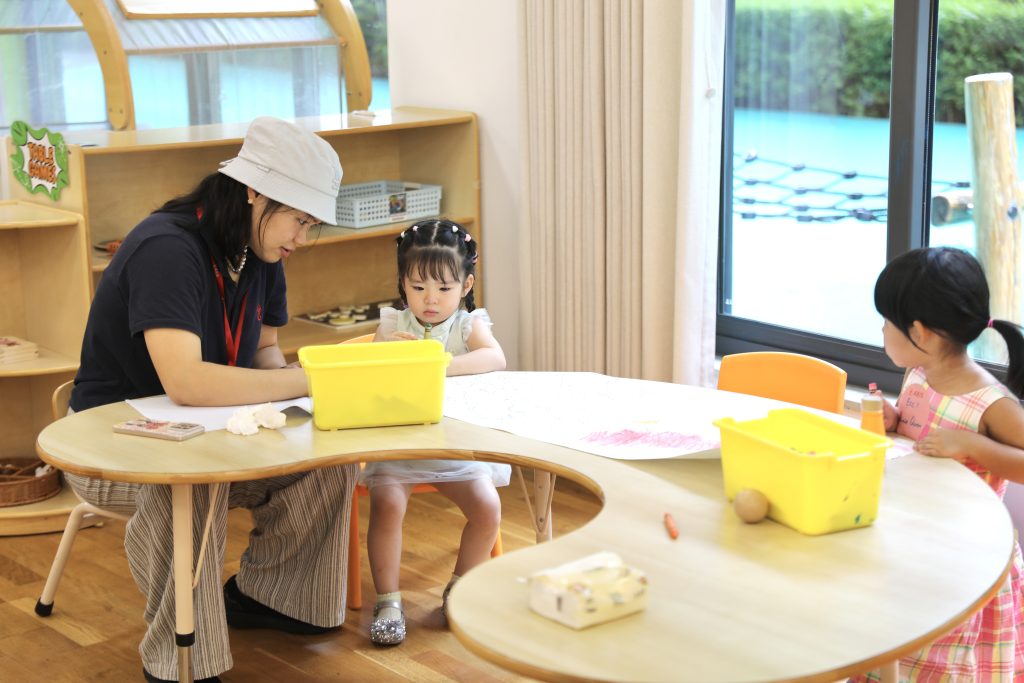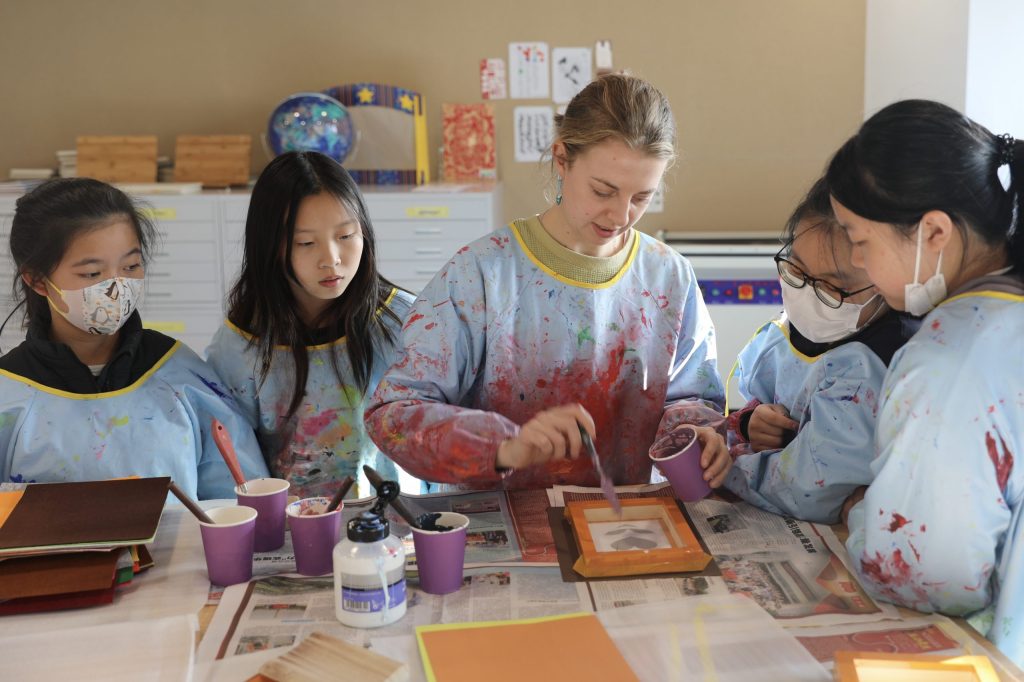AXIS at a Glance
Achieve Excellence
We believe learning is an active pursuit, so each learner is supported to achieve excellence and engage in action and service to the community and engagement with our many cultural groups.
Counseling Program
We believe in the power of relationships so our counseling program, supported by the Collaborative for Academic, Social, and Emotional Learning framework, includes one-to-one support to guide academic achievement, post-secondary planning, and personal growth.
International Curriculum
We believe that student agency truly makes a difference in learning. We are an officially authorized IB PYP school. In addition, the school is now authorized to deliver an Advanced Placement curriculum in addition to being an Advanced Placement testing site. AXIS is also an authorized SAT examination center.
Boarding and Day Program
We believe in the power of inclusion, so we invite students from Xiamen and the surrounding community to our state-of-the-art boarding facility with a capacity of 200 students for students in grades 6-12.
Learning Spaces
We believe in the power of innovative spaces to influence learning, so by design students access state-of-the-art academic and athletic facilities including an Asian Games grade track, an outdoor football field fitted with world-class artificial turf, a rock-climbing wall, gymnasium, and fitness center.
English Language Learners
We believe in the power of language to open the doors to the world so, we provide scaffolds for our students acquiring English as an academic language through our English as an Additional Language program.

Learning is best demonstrated when a student is able to apply their content knowledge across multiple disciplines. Once referred to as 21st Century Skills or soft skills, an increasing number of CEOs indicate that skills and dispositions are critical elements for success in an ever-developing world. A skill is the ability to do a task. In education, dispositions are commonly referred to as habits of mind. Habits of mind include persistence, agility & flexibility, motivation & drive to learn, metacognition (thinking about one’s thinking), and problem-solving & questioning.
Along with skills and dispositions, an important element in the growth and development of children is social and emotional learning (SEL). At AXIS, we design learning environments for students to learn to be problem solvers and to think critically and creatively. To do this, we focus on developing habits of mind for thinking. Wellbeing, developing empathy, character strengths and social and emotional learning are embedded in units of study threaded throughout the year. SEL is the catalyst for student wellbeing and building a community of learners. Empathy and managing emotions are critical to develop. As students advance, it is important they develop self-awareness, understand others, know what they value, and how to work toward a common goal.
Instructional materials for learning are relevant and engaging. We are not a school that opens a textbook and methodically works its way through to end. We embrace a variety of resources to provide context, confirm other sources, and provide counterclaims to ensure students are equipped with critical thinking skills to synthesize and analyze information.
All learning across the school is supported by the purposeful integration of technology allowing for students to be empowered learners and digital citizens. Technology is used to construct social learning opportunities via self-reflection, to guide student agency, and to access multimedia activities to support multiple pathways to mastery. We create experience for learners to make positive, socially responsible contributions and exhibit empathetic behavior online that builds relationships and community.
The Technological Pedagogical Content Knowledge framework and The International Society for Technology in Education (ISTE), both internationally-recognized frameworks, provide the scaffolds for technology to partner with pedagogy and curriculum content. Common Sense Media and ISTE resources support our students to be digital citizens, encompassing safe, ethical and legal use of technology in all interactions. At AXIS, we provide students with the skill set to know when and how to use various technology platforms and devices.
Related to mathematical and scientific reasoning, is computational thinking. Computational thinking requires students to develop and employ strategies for understanding and solving problems in ways that leverage the power of technology and technological methods to develop and test solutions. Coding is a subset of computational thinking and is a language that is used to program computers and robots. It is a language that requires problem-solving. The language of code is used to command another object or computer. Computational thinking starts in primary and extends through secondary where it is embedded in subjects where relevant connections can be made.
In Primary, student's problem solve and think critically by using tactile codes, physical symbols and writing lines of code. Robotics in primary leverages age-appropriate equipment including Codepillars, Dash and Dot, Bluebots, Bluebot tactile readers, OSMO, WeDo, Lego Mindstorms, Spheros, Microbits and Makey Makeys.
In Secondary, students transition from writing virtual symbols to writing lines of code. Computational thinking and coding are supported in electives and computer science courses.
All students in Early Childhood have access to iPads when it supports learning acquisition. Each student in Grades 1-3 is issued an iPad. Students in Grades 4-12 are issued a MacBook laptop.



